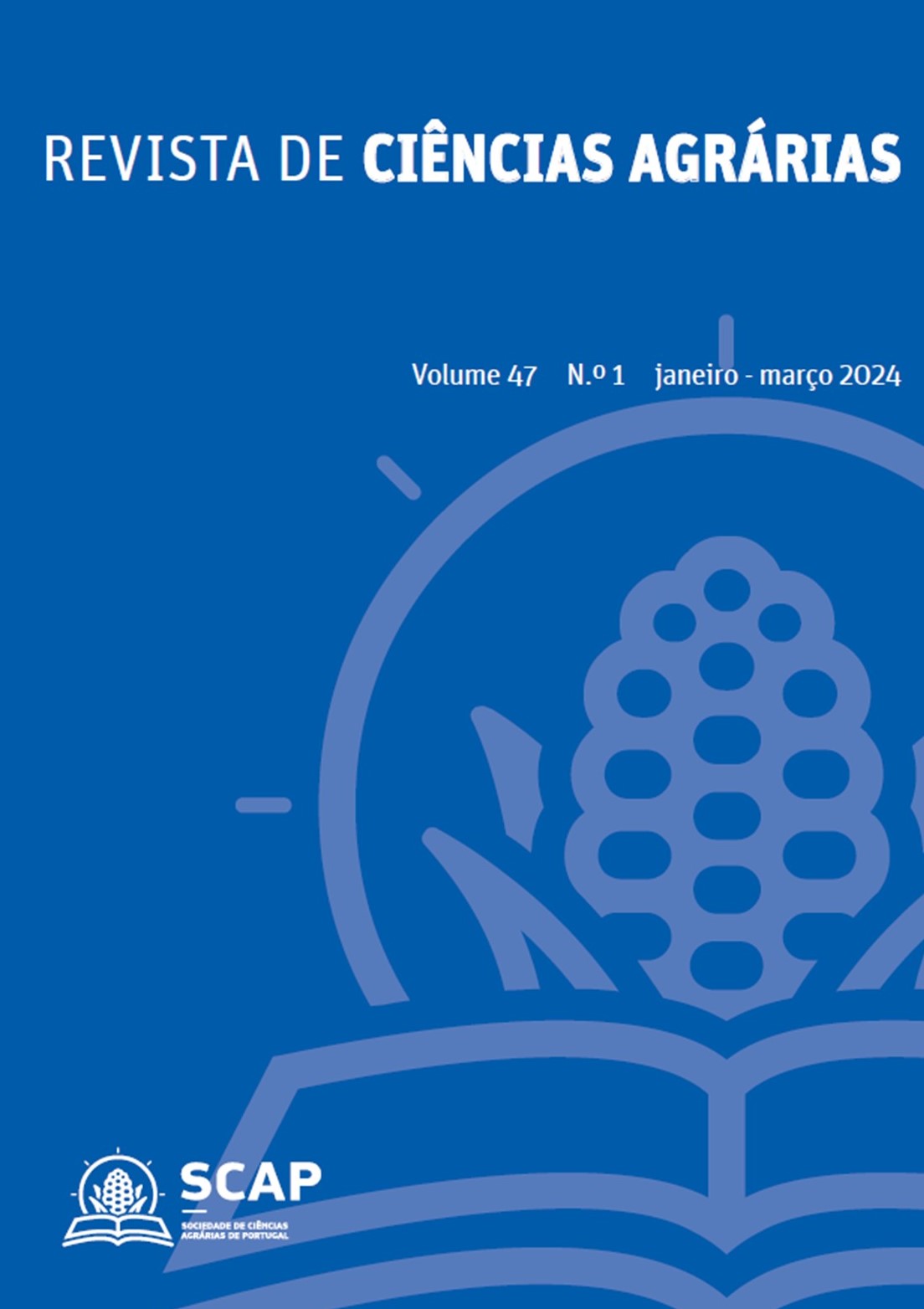Long-term effects of tillage systems on production, weeds and soil properties in semiarid rainfed conditions
DOI:
https://doi.org/10.19084/rca.35124Abstract
Long-term experiments (LTEs) play a crucial role in our understanding of the long-term effects of agricultural practices and technological developments employed in agroecosystems. These experiments enable us to capture the gradual changes that occur in soil over extended periods. LTEs provide the most robust and reliable results in agricultural experimentation, making them invaluable sources of knowledge and essential tools for informing best practices. In our study, we conducted monitoring in a LTE at the INIA-CSIC experimental farm "La Canaleja" in Madrid, Spain (40◦ 32’N and 3◦20’W; 600 m). This experimental site, characterized by a semiarid continental climate, allowed us to investigate the effects of different tillage systems on soil properties. The soil at the site was a sandy-loam Calcic Haploxeralf with a low initial organic carbon content. Starting in 1994, we implemented three tillage systems: direct drilling (no-tillage, NT), chisel ploughing (minimum tillage, MT) with a depth of 15 cm, and mouldboard ploughing (conventional tillage, CT) with a depth of 20 cm. Our study involved measuring bulk density, soil moisture, yield and weed density at three campaigns, 2010-2011, 2015-2016 and 2020-2021, during ten years, in three tillage systems. The findings confirm the influence of the year on all parameters studied. In summary, LTEs provide invaluable insights into the long-term effects of agricultural practices.


